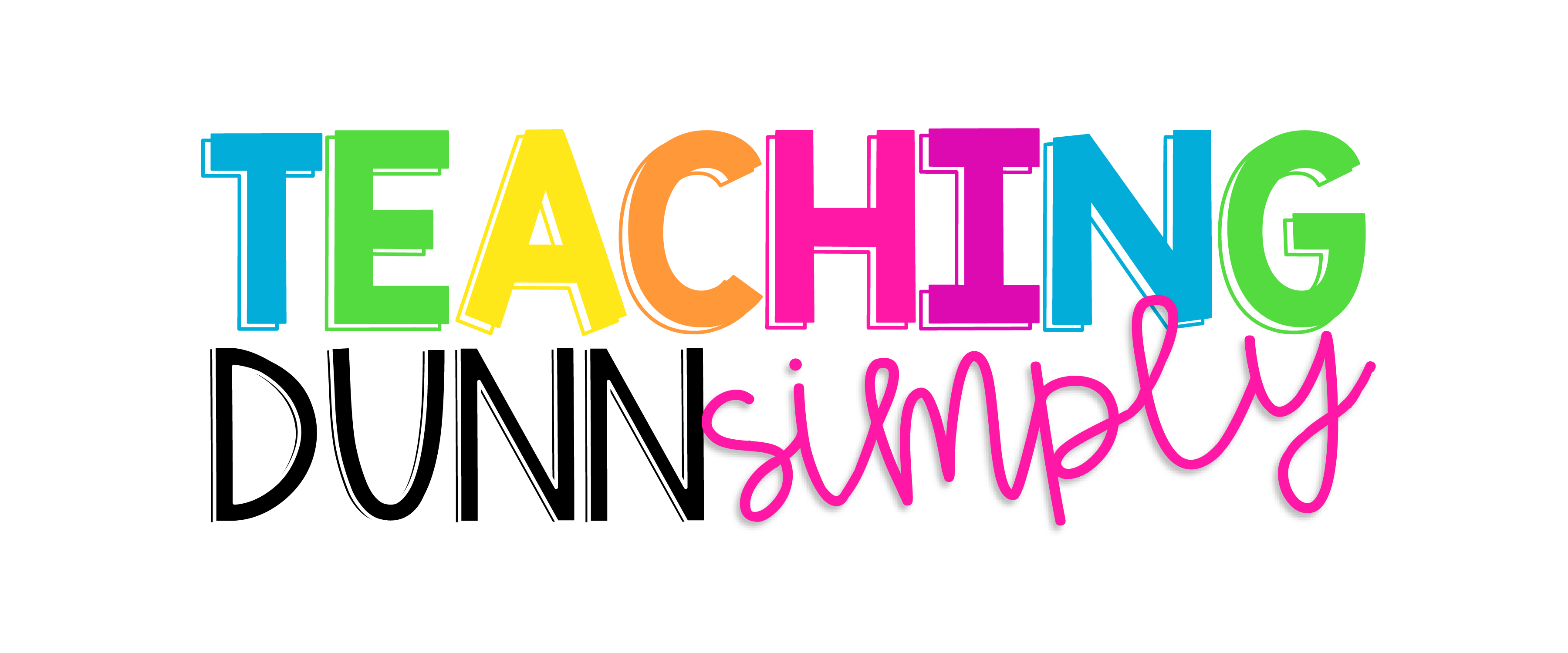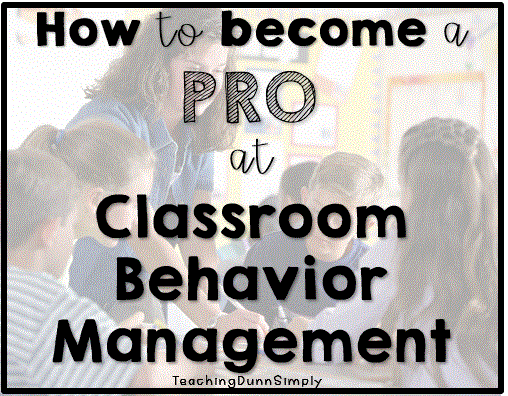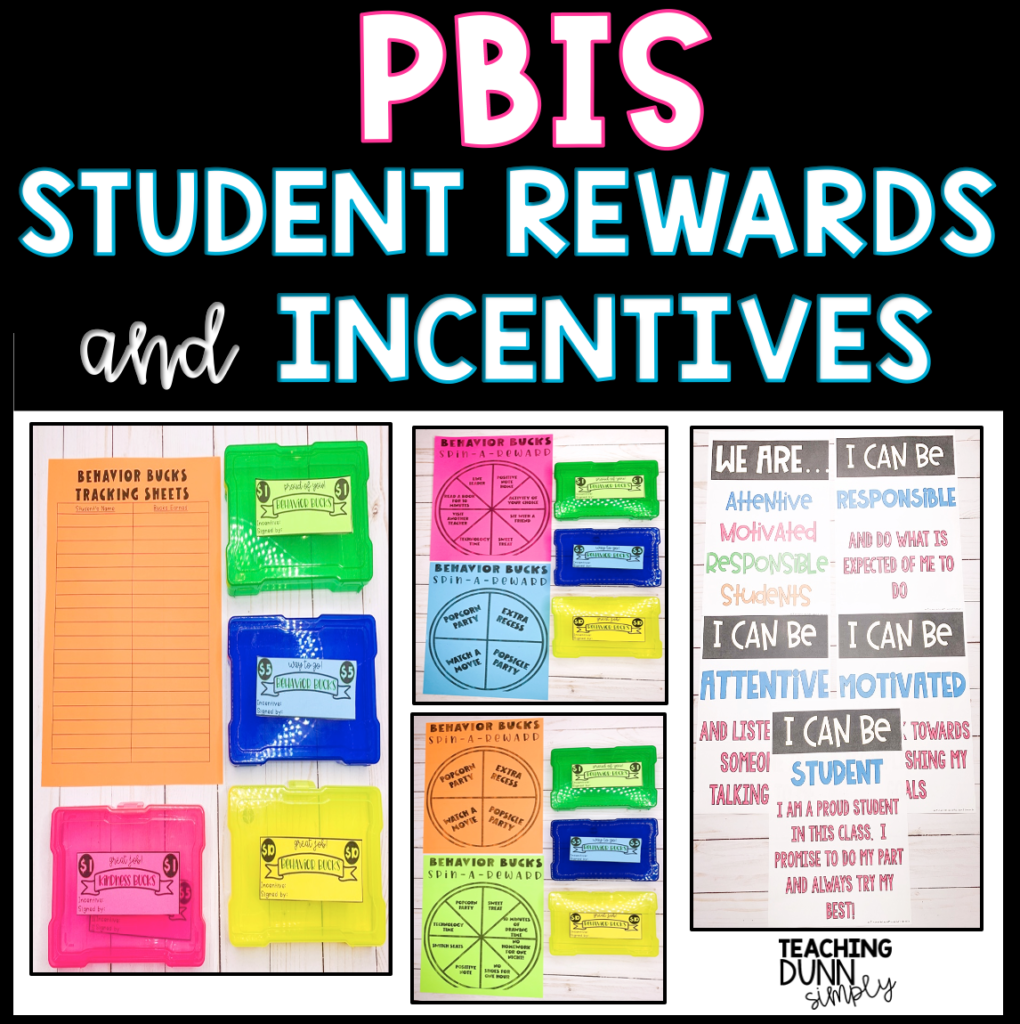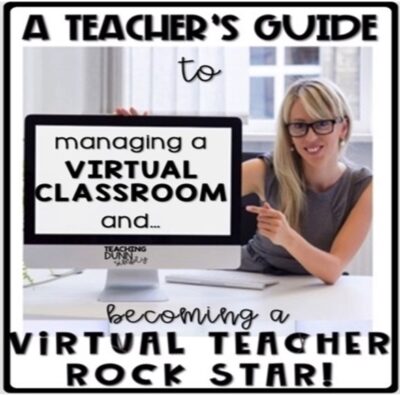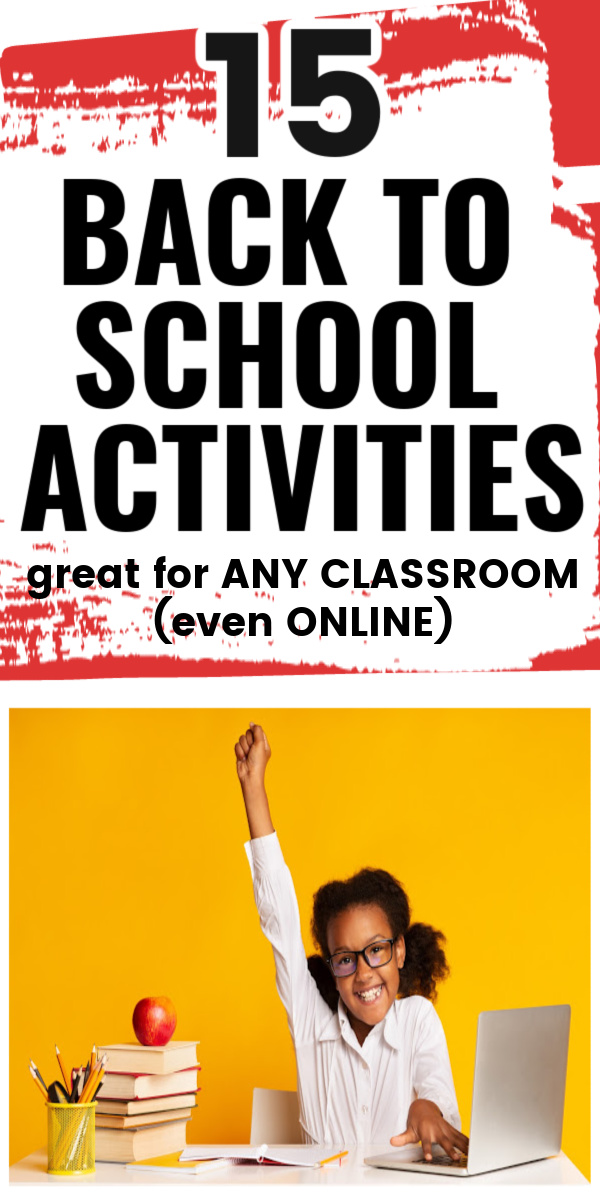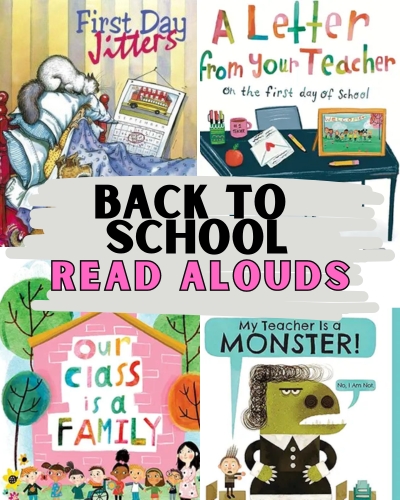- Home
- Classroom Management
- Classroom Behavior Management Strategies
How to Become a Pro at
Classroom Behavior Management Strategies
Learning effective classroom behavior management strategies is a task you must prioritize in the classroom. Two essential tasks teachers should make it a goal to master quickly are classroom management skills and classroom behavior management! Most teachers are aware of teachers in their school who have strong classroom management skills ... and those who do not. Stop and think of a teacher in your school with a well-behaved classroom. Now think of a teacher in your school with what you consider a not so well-behaved classroom. Guess what, students and parents know too! So, if your teacher weakness is classroom management, begin implementing these tips to strengthen your classroom management skills. These classroom behavior management strategies actually work and will help you accomplish your goals for classroom management!
Classroom Behavior Management Strategies

Take time to build and maintain a positive relationship with your students. This is KEY for classroom behavior management. You could be the person that changes everything for them and their future! How cool would that be?
The Biggest GOAL for Classroom Management:
Build Relationships with Students
Please hear me! Take time to build relationships with students! This should be at the top of your best classroom behavior management strategies list. By choosing to build relationships with students, you are implementing the BEST of the classroom management tips. This will sharpen your classroom management skills and students will choose to give great effort and dedication to you. Take time to build and maintain a positive relationship with students. You could be the person that changes everything for them and their future! How cool would that be?
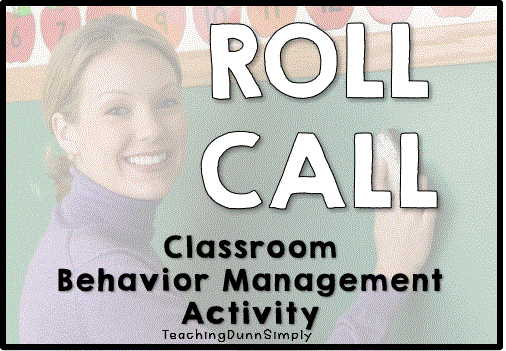
The best, most effective classroom behavior management strategy I can provide is… conduct a ROLL CALL! Yes, a roll call! Allow me to explain... After the first couple of weeks of school have come and gone, scroll down your student roster and write one personal, unique detail about each student. If you have a student you don't know well enough to think of any details, write their name down. Then, make it a mission to get to know them better. They will be shocked to know you care enough about them to ask what their favorite hobby is, what their favorite color is, or why they hate math so much! After you have this information, start building and nurturing the relationship. Building relationships should be the main goal for classroom management.
Keep "the main thing" the main thing!
Think about your current classroom behavior management plan. How many expectations can be found on your classroom rules list? Narrowing down your classroom rules list to 3-5 classroom rules is helpful. Choose 3-5 rules you plan to heavily enforce. For example, raise your hand before leaving your desk. If a student breaks this rule, a consequence will be given. Another example might be to not speak while the others are speaking. Again, if these rules are broken, consequences are given. These 2-3 rules are non-negotiable, and students are fully expected to comply.
Are you implementing PBIS student rewards? The simple teaching of PBIS is to reward students and promote positive behavior choices. This is a great classroom management system that is EASY to use and keep organized and FUN for your students. If you are looking for a way to encourage students to make good behavior choices and give them something exciting to work for, start implementing BEHAVIOR BUCKS!
Verbalize, verbalize, and verbalize again!
Give countless reminders, give examples, have students write out rules, act out scenarios, give quizzes, etc. During the beginning of the school year, dedicate the first 2 weeks to demonstrating the rules and expectations. Be CLEAR when providing students all the information regarding rules and expectations. Using interactive games such as www.kahoot.com and www.socrative.com would be excellent choices to keep rules and expectations fresh for students.
CLEAR expectations
Make sure to provide clear expectations for classroom behavior management. Give students a written copy of the rules and consequences. Also, consider having students sign a copy of the classroom rules and consequences. If a rule is broken or students need to be reminded of classroom expectations, provide a copy of this. This would be like a contract. You could also use this as an opportunity to discuss the value of signing your name and agreeing to the terms of agreements. Another idea is to have rules and expectations posted on the wall inside your classroom. This will serve as a constant reminder for students of what is expected.
Good Behavior Rewards
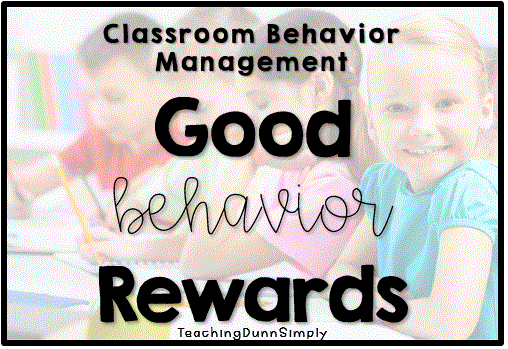
Good behavior rewards! Everyone enjoys hearing a compliment or someone saying, "Job well done!" Reward your students when they make good choices. Allow them to earn positive behavior rewards. Also, use good choices as examples for other students. Make a big deal of these model students! So many times teachers only speak of the students who are making poor behavior choices. It should be just the opposite! Good behavior rewards do not always have to be in the form of food or candy either…be creative! Fun erasers, small notepads, wristbands, and flexible pencils are just a few fun examples of good behavior rewards.
Parent Involvement
Keep parents or guardians informed! If you begin noticing a pattern with a student's behavior, start by notifying the parents/guardians. First, send a note home and request their signature. If the behavior continues, make a phone call to speak with the child’s parent or guardian. Next, request a conference with the parent/guardian in person. Ask the parent/guardian if they would be comfortable with the student being present and ask the student to speak on their behalf. Ask questions to attempt to get to the root of the behavior. However, if the student continues to make poor behavior choices, start the discipline process. Make sure the students and parents know the actionable steps that will be taken if the behavior continues.
*Refer to Step 1…keep "the main thing" the main thing! Notify parents/guardians when it is necessary. Keep in mind, try not to over-notify parents. Consider this: If you are writing notes and notifying each day about small stuff, when the big stuff happens, parents may not be as supportive. Is this fair? Not really; however, it can be a reality in today's classrooms.
Develop a Student Mentor Program!
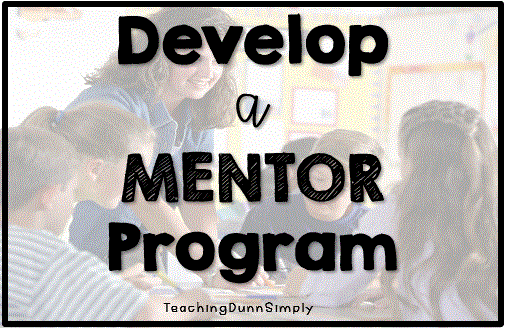
Request your principal or administration team to allow you to develop a student mentor program. Many school districts already have this type of student mentorship in place. If your school does not, reach out to a teacher you know and trust to be a student mentor for a struggling student. Again, be consistent and keep "the main thing" the main thing! Don’t just inform the mentor teacher of negative behavior choices. Pump students up to make good choices and help build a nurturing relationship with the student. This type of program would also greatly benefit students who have lost a loved one, suffered from any form of abuse, have low self-esteem, etc.
Evaluate Yourself
Classroom management techniques are so important. Do a quick evaluation of your classroom management techniques. What needs changed or implemented differently? Are you a clip chart kind of teacher? Does your school have a school-wide behavior system? If you answered yes, implement the school-wide strategies into your classroom. My school uses PBIS, so I have classroom rules located on a matrix posted where all students can see the rules, expectations, and consequences. I have consequences for 1st offense, 2nd offense, 3rd offense, and 4th offense. You may have to change your behavior system from year to year. Not all students are the same, and each year you will be faced with different students that offer new challenges. Make changes as needed!
Once you are the go-to teacher for classroom behavior management, share your ideas with others. Remember to treat students as you would want a teacher to treat your own child, grandchild, or family member. Also, remember that sometimes the students who need the most love ask for it in the most difficult ways.
